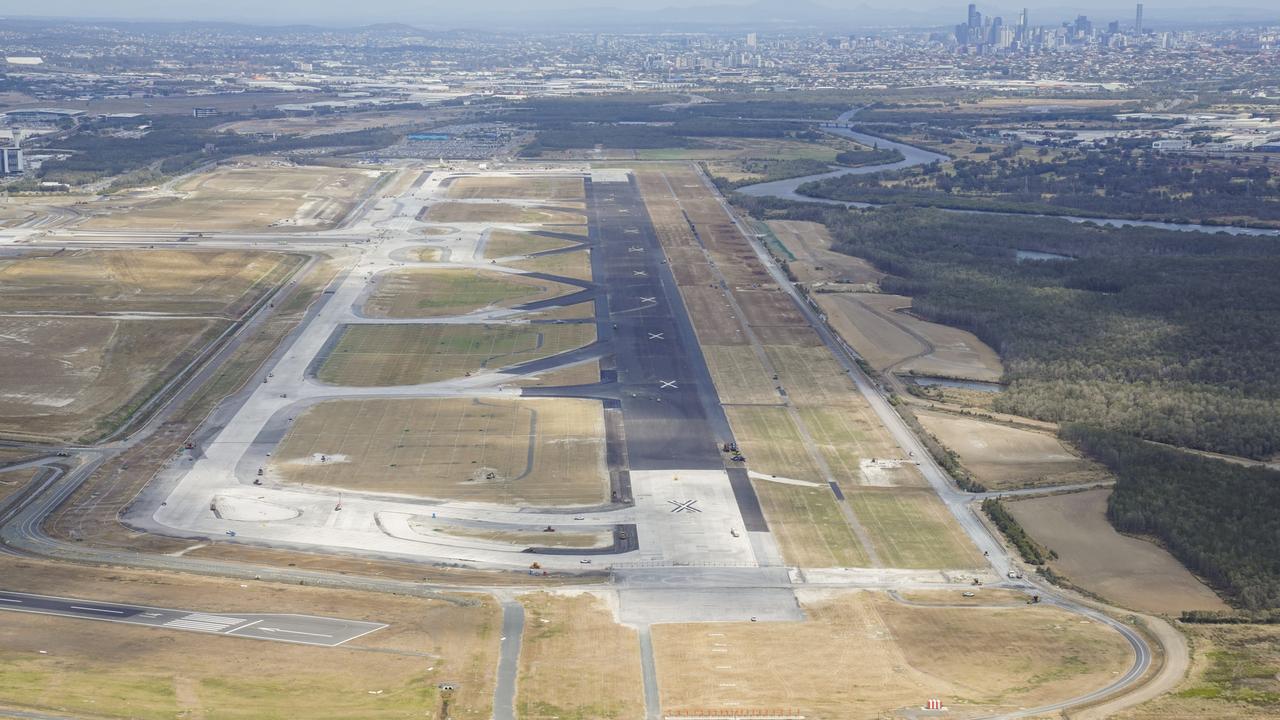Cities across the world are ditching cars — and Australia should follow suit
GETTING rid of private vehicles from our roads seems like a strange idea to many Australians — but some of the world’s most innovative cities are pledging to do so by 2025. We need to realise the possibilities car-free streets open up, writes Adam Beck.
Future QLD
Don't miss out on the headlines from Future QLD. Followed categories will be added to My News.
Is using steel boxes (read: cars) to get from A to B the best way to use a third of our cities?
Streets can make up roughly 30 per cent of the surface area of our communities.
They consume prime real estate and yet they have just one purpose — moving metal boxes. How could they be more productive?
Many cities are already looking to remove cars from the roads by 2025.
From next month, the only vehicles allowed in Madrid’s CBD will be zero-emissions taxis and delivery trucks, buses and cars that belong to locals.
Twenty-four of the city’s busiest streets are currently being redesigned to prioritise people.
Oslo is currently replacing more than 50 kilometres of roads dominated by cars with bike lanes, and the city centre will be off limits to private vehicles from 2019.

In Paris, where plans to double the amount of bike lanes is afoot, restrictions on the number of cars allowed in the city’s centre drove down pollution levels by 30 per cent.
London has its congestion charge, over half of Copenhagen’s population commutes by bike each day and even the city that never sleeps, New York, has made iconic spots like Times Square pedestrian-only zones.
What’s driving this? While reducing carbon emissions and improving air quality are part of the story, it’s also a tactic to bring more people back to the city centre.
Streets are for people, after all.
This strategy is not about pitching cars against bikes or pedestrians, but about curating a more balanced mix of transport modes and activities along this valuable public space we call the street.
As Queensland’s population grows, and as advancing technology reshapes the way we live, our streets will have to work harder than ever before. Picture this: autonomous vehicles and dockless e-bikes whiz along by, drones deliver parcels and people, digital billboards blink directions and bargain deals, and essential telecommunications infrastructure is strung along the street like Christmas lights.
In the future, we’ll see our streets not just as a conduit for cars, but as a landscape, a place, an economic catalyst and a net producer of resources.
For a start, our streets will harvest enough energy to power their surrounding community. They’ll capture and treat water that will be used to nurture the market gardens that line the sidewalks. The tree canopy cover will be internet-enabled, providing a backbone for art-inspired lighting displays that make our streets safe at night. Efficient public transport will reduce the need for many lanes of traffic, and instead our generous footpaths will be designed for dockless bikes, drove deliveries, Uber drop offs and, of course, pedestrians.
Does this sound far-fetched? Quayside Toronto, currently being developed by Apple’s parent company Sidewalk Labs, is already laying the groundwork for self-driving shuttles and intelligent ‘pay-as-you-throw’ garbage bins. Weather sensors will detect nearing snow storms and heat up the footpaths. Sensors will capture data in real time to analyse and calibrate traffic flows. Asphalt will make way for shapeshifting pavers that mean public space can be reconfigured to suit the morning commute or to accommodate a kids’ play space.
This is the future — and it’s coming to your street.
Adam Beck is Executive Director, Smart Cities Council Australia New Zealand. The Smart Cities Week Australia conference runs from Monday to Wednesday next week.


